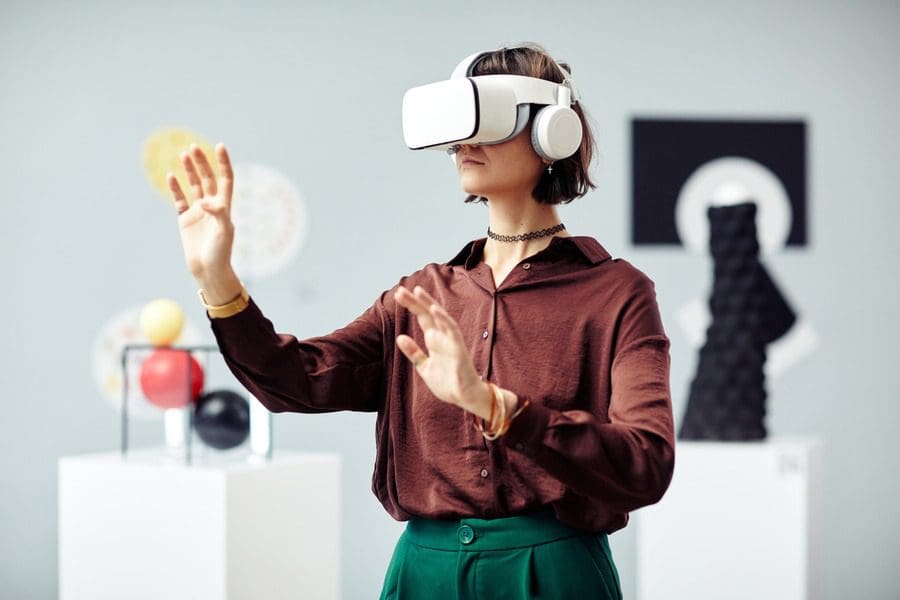Virtual reality (VR) and augmented reality (AR) technologies have snuck up on us in the past few years: They have increased productivity, education, social interactions, and more. You may not even realize some of the ways you use them! In this article, we’ll look at some innovative uses of virtual and augmented reality for daily life enhancement.
Online Shopping
VR and AR make shopping online for clothing, makeup, and furniture easier and more enjoyable! One of the main drawbacks to online shopping is the inability of customers to try items before purchasing, but thanks to VR and AR technology, this no longer poses a problem. Many retailers now provide virtual try-on experiences, so you can see how a makeup color or piece of clothing looks on you before ordering. Our favorite places to shop online using AR apps include Sephora and Warby Parker.
VR and AR technologies are also being leveraged to enhance the online furniture shopping experience, giving customers an idea of how a piece will look in their home before purchasing. Not only can this help customers make more informed decisions, but it can also reduce return and exchange issues. Some of our favorite places to shop for furniture using AR technology are Ikea and Wayfair.
Education and Training
Instead of sitting through boring lectures in traditional classrooms, students can now immerse themselves in interactive and engaging virtual environments that deepen their understanding of complex concepts. For example, medical students can use VR simulations of surgical procedures without risk to actual patients. At the same time, pilots can utilize AR to get real-time information about their surroundings for more straightforward navigation through complex airspace.
Entertainment and Gaming
VR and AR have become the go-to technologies for entertainment and gaming applications. VR headsets enable users to immerse themselves in alternate worlds. From escape rooms to roller coaster simulators, the possibilities are endless! AR can also enhance traditional gaming experiences by overlaying digital elements onto natural environments. With this technology, players can interact with their surroundings in new and inventive ways.
Communicating and Socializing
VR and AR technologies are also employed to enrich our social lives. VR allows people worldwide to connect in immersive environments that encourage interactions more naturally than traditional video chat. At the same time, AR enhances real-life social experiences, such as TikTok and Snapchat filters that overlay digital elements onto users’ selfies to create enjoyable and shareable moments.
Productivity and Efficiency
VR and AR are leveraged across industries to boost productivity and efficiency. For example, architects can use VR to visualize building designs in real time and identify issues before construction starts. Warehouse workers can also utilize AR to quickly locate items in inventory, reducing time to complete tasks while increasing overall productivity.
Healthcare and Therapy
This technology is also used in healthcare to improve patient outcomes and enhance therapeutic processes. For example, VR therapy can treat those with post-traumatic stress disorder by safely and effectively helping them confront and overcome past trauma. Similarly, AR is being employed to enhance physical therapy exercises by providing patients with virtual objects that assist them with rehabilitation exercises.






